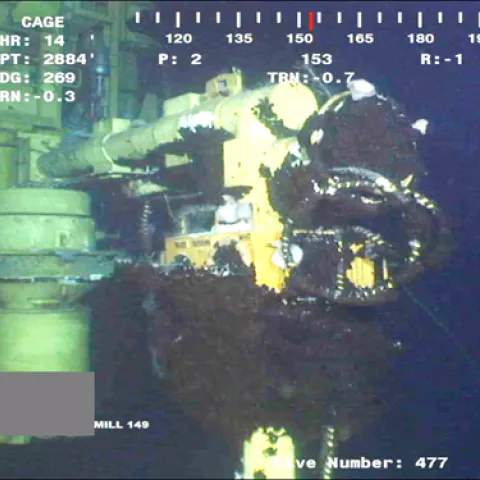
You are viewing ARCHIVED content published online before Jan. 20, 2025. Please note that this content is NOT UPDATED,
and links may not work. Additionally, any previously issued diversity, equity, inclusion or gender-related guidance on
this webpage should be considered rescinded. For current information, visit
News Items | Bureau of Safety and Environmental Enforcement.
WASHINGTON- The Bureau of Safety and Environmental Enforcement (BSEE) today released the panel investigation report on the May 11, 2016 subsea jumper leak on a platform operated by Shell Offshore, Inc. The leak from Green Canyon Block 248 occurred on Subsea Well #4, resulting in an estimated release of 1,926 barrels of oil.
The BSEE investigation panel concluded that the loss of containment in the Glider subsea system was caused by the ductile tensile overload fracture of the Load Limiting Joint of the Glider #4 jumper. The ductile tensile overload fracture was caused by the bending loads imposed as a result of the partial burial of the Glider #4 jumper and subsequent subsiding of the subsea sled #2.
The Panel recommends when drilling the riserless portion of a subsea well in the vicinity of other subsea infrastructure (i.e. pipelines, sleds, subsea wells, etc.), operators need to ensure the resulting drill cuttings and cement are not adversely affecting or posing additional risks to existing subsea infrastructure.
To read more about the panel investigation, the full report can be found here.
A Safety Alert has been sent to offshore operators and can be viewed here.
- BSEE -
